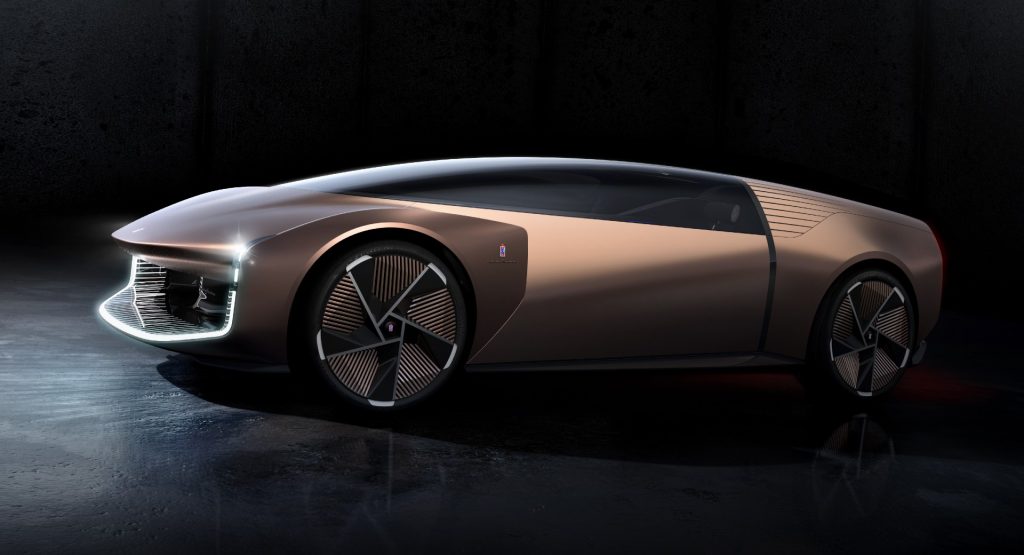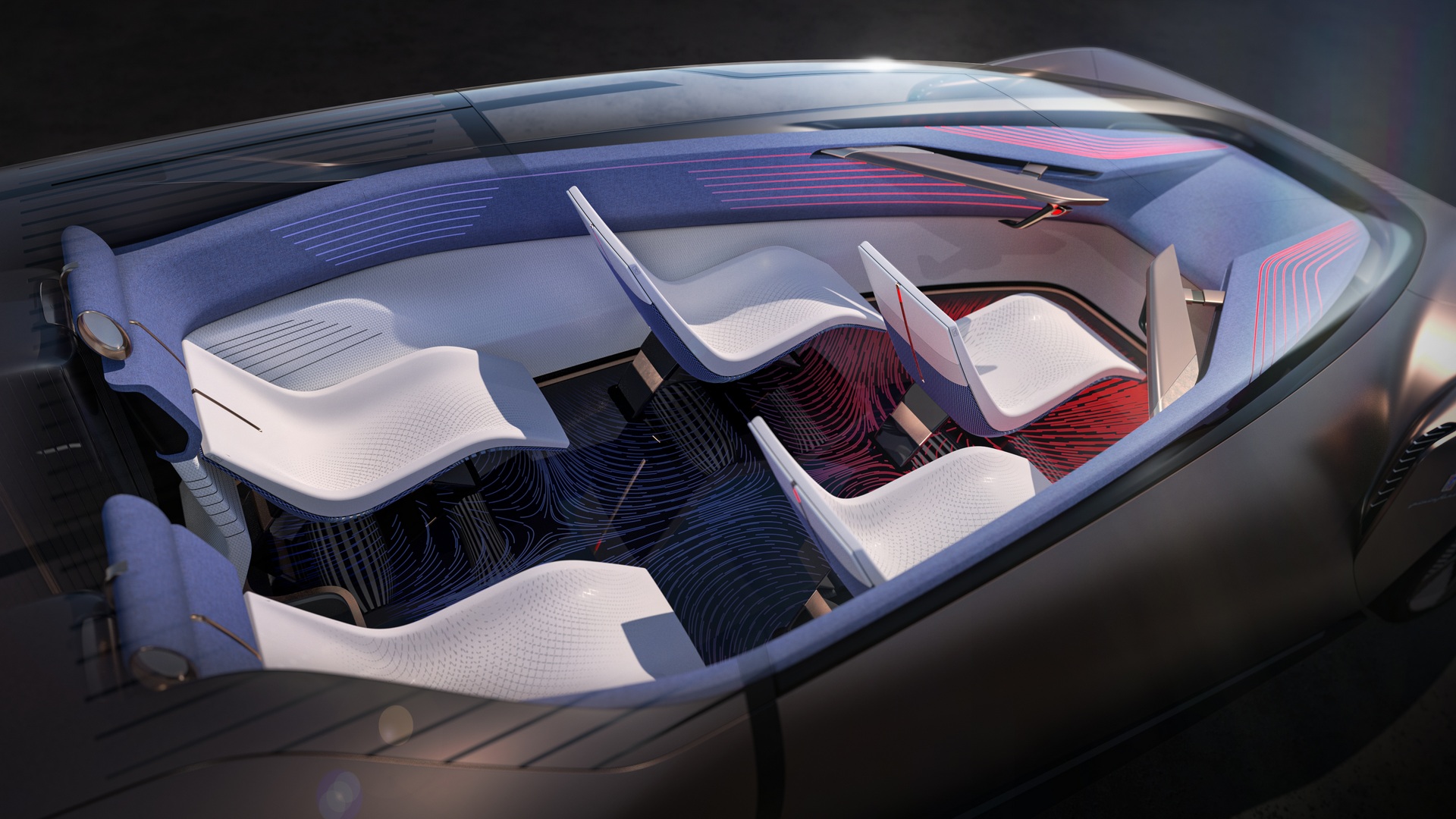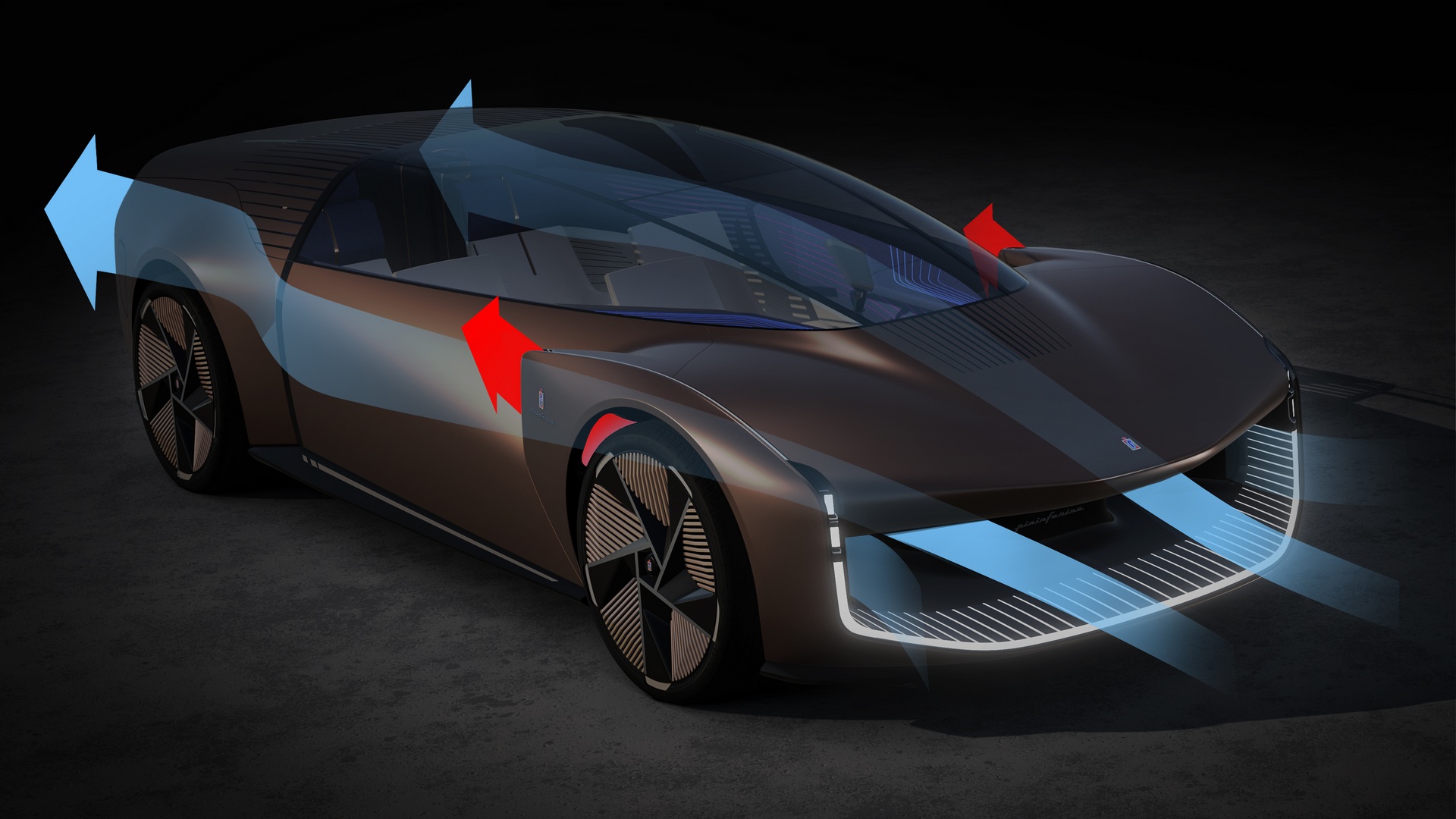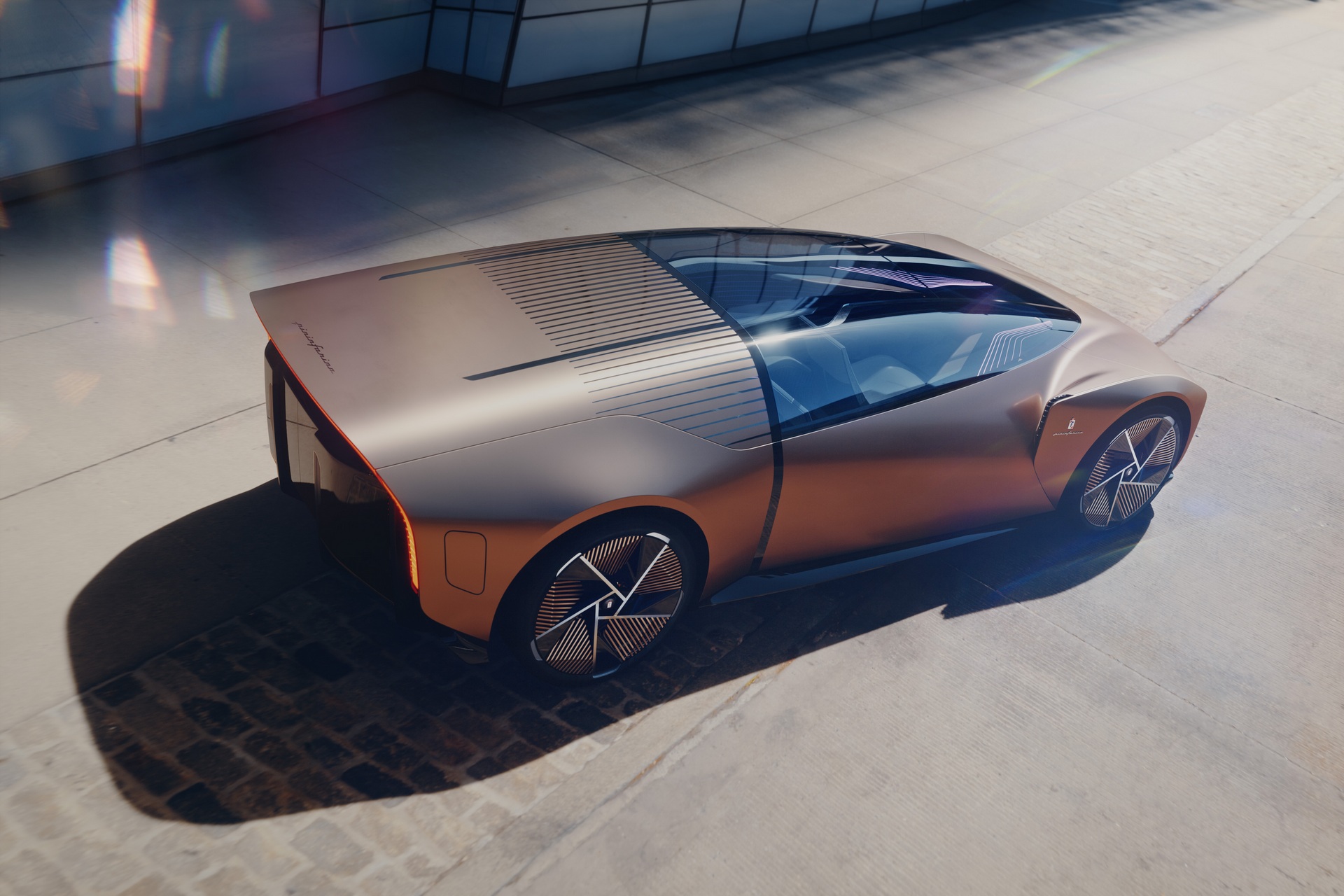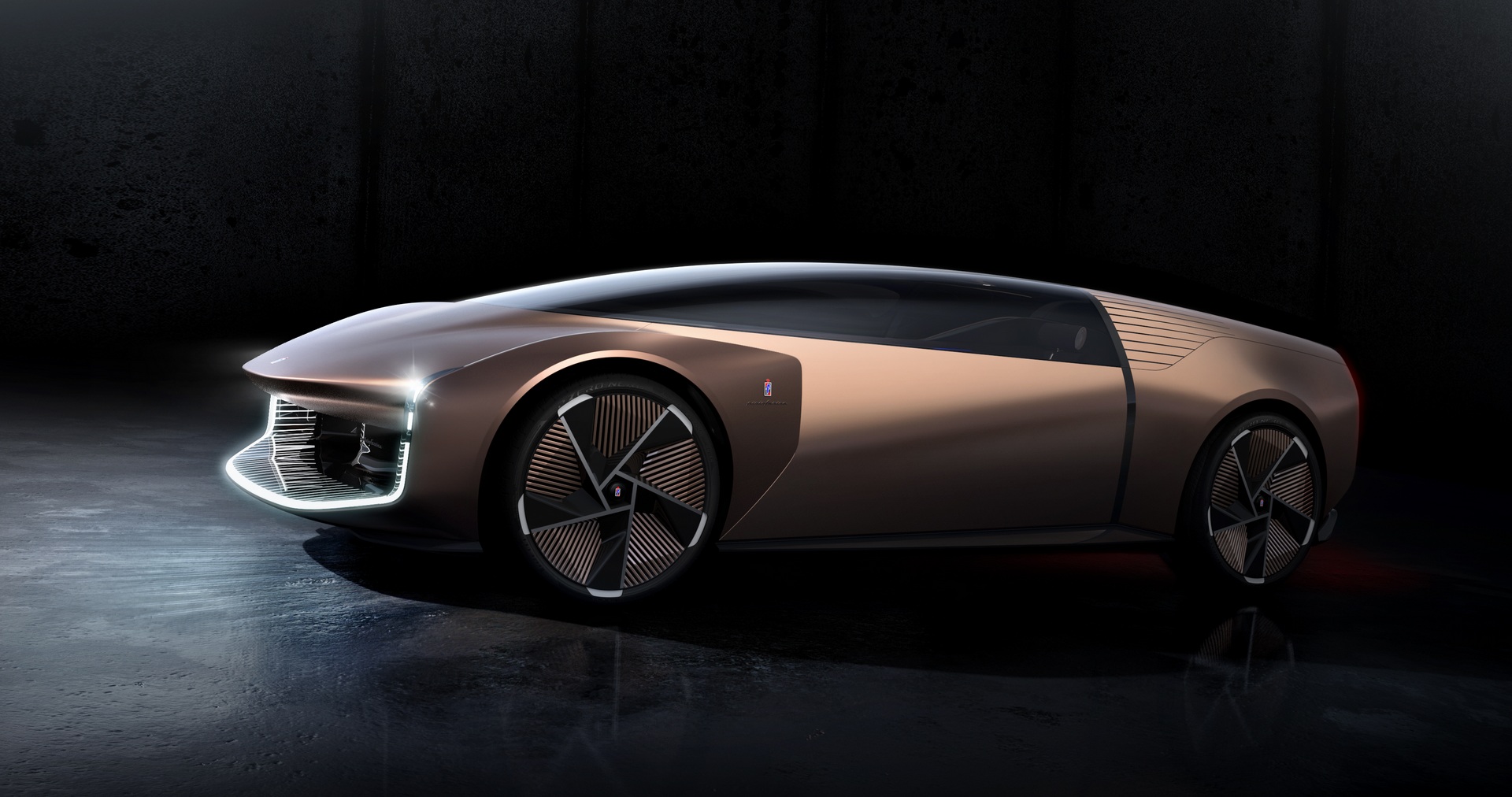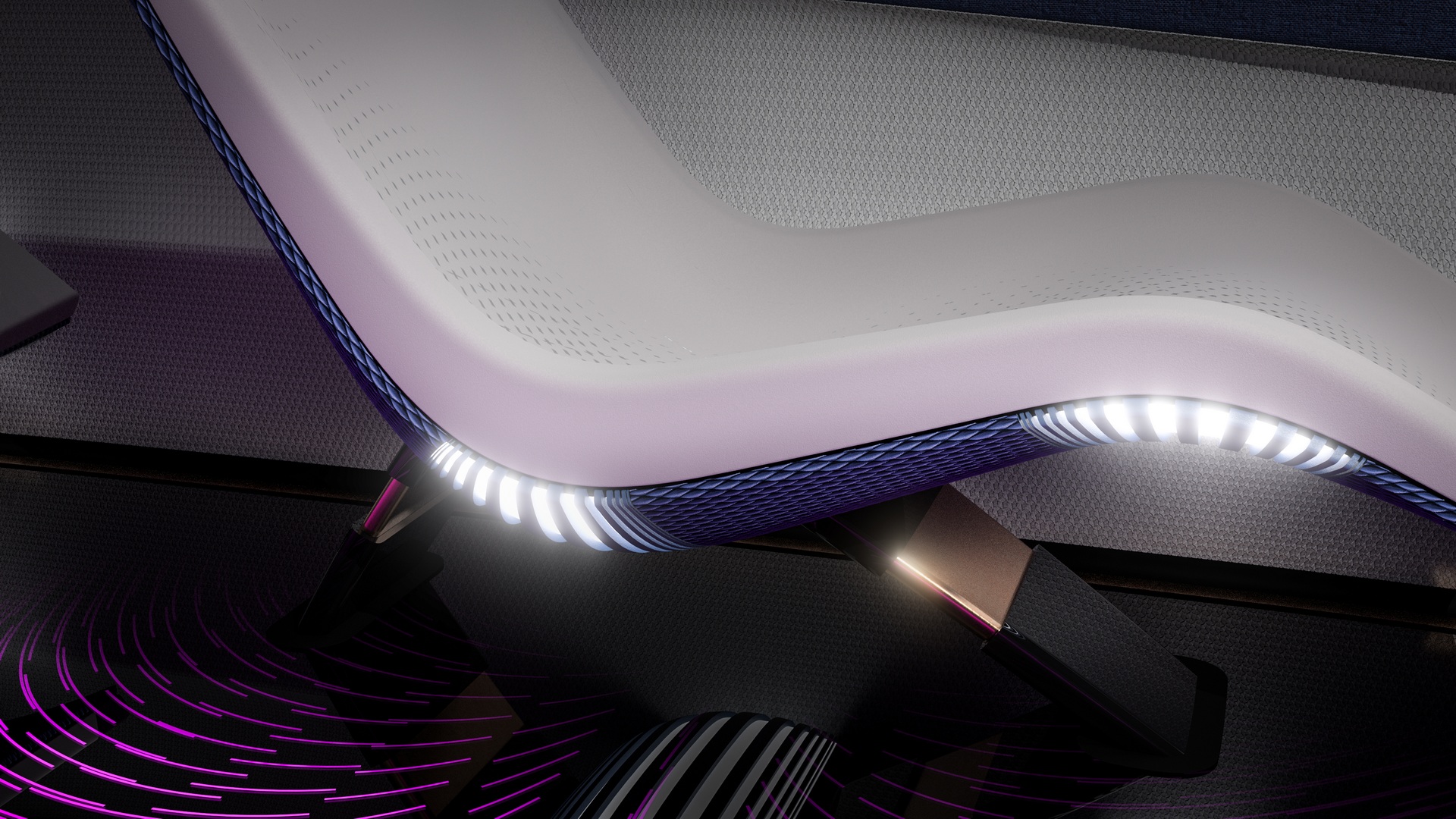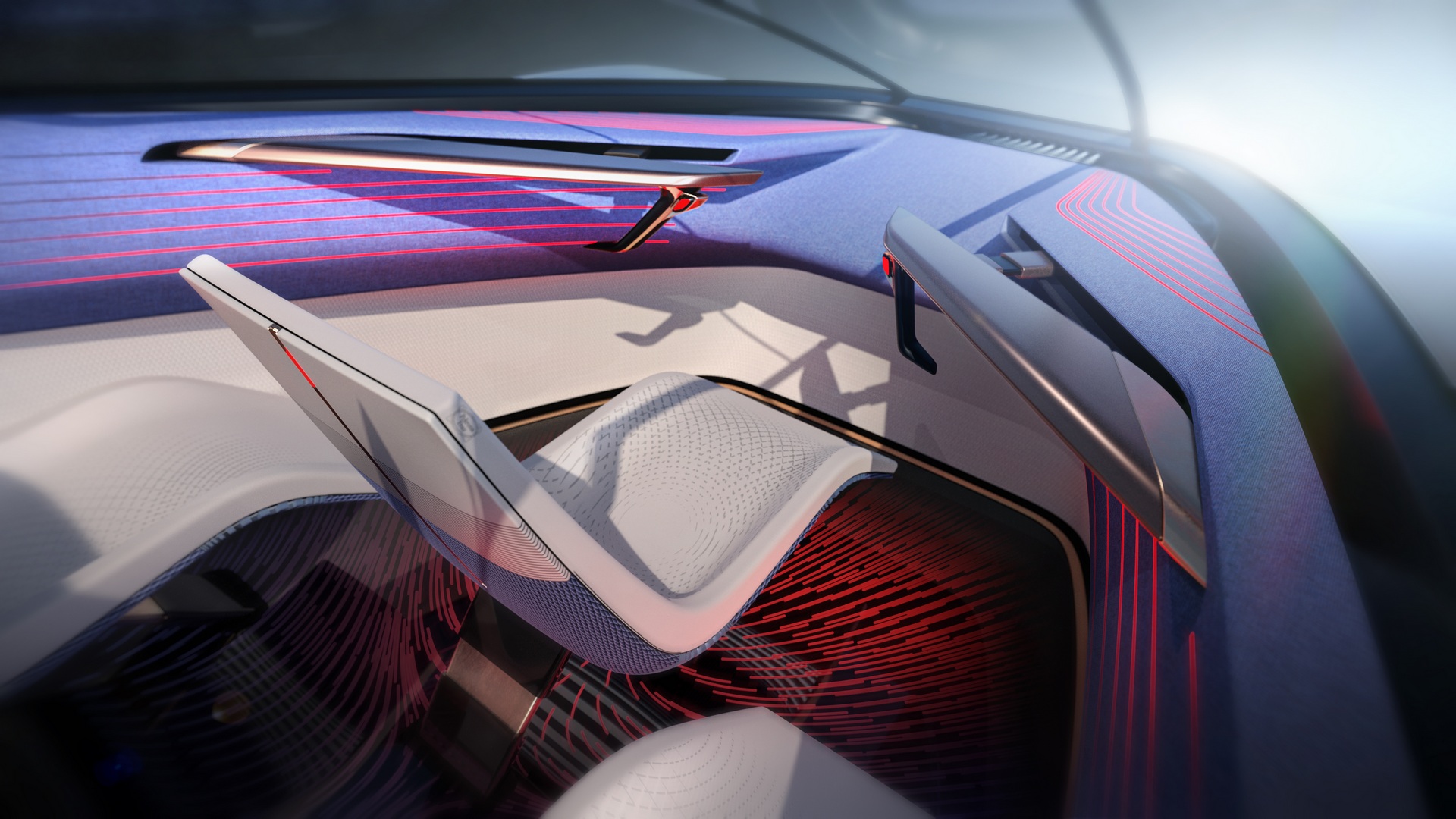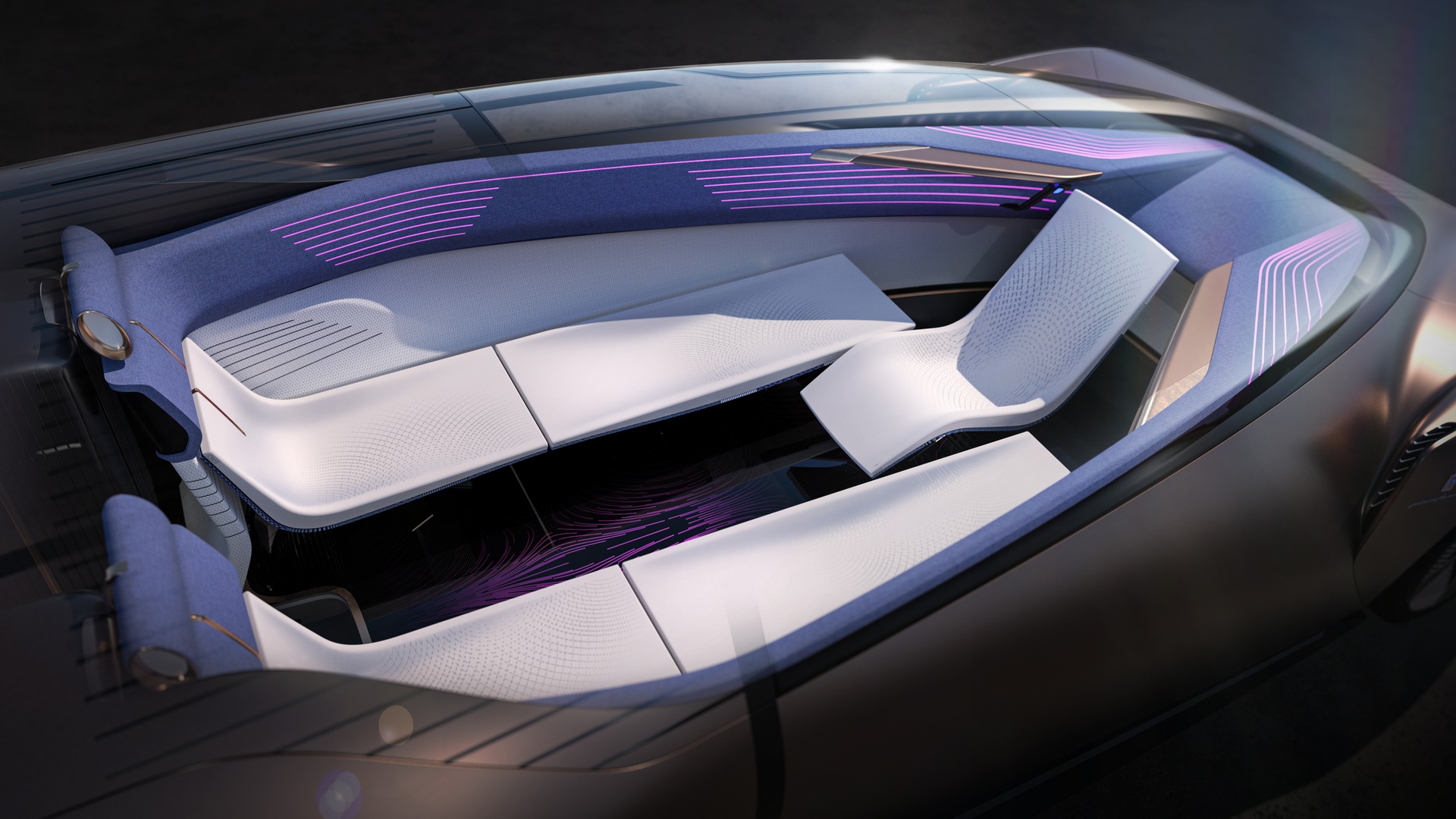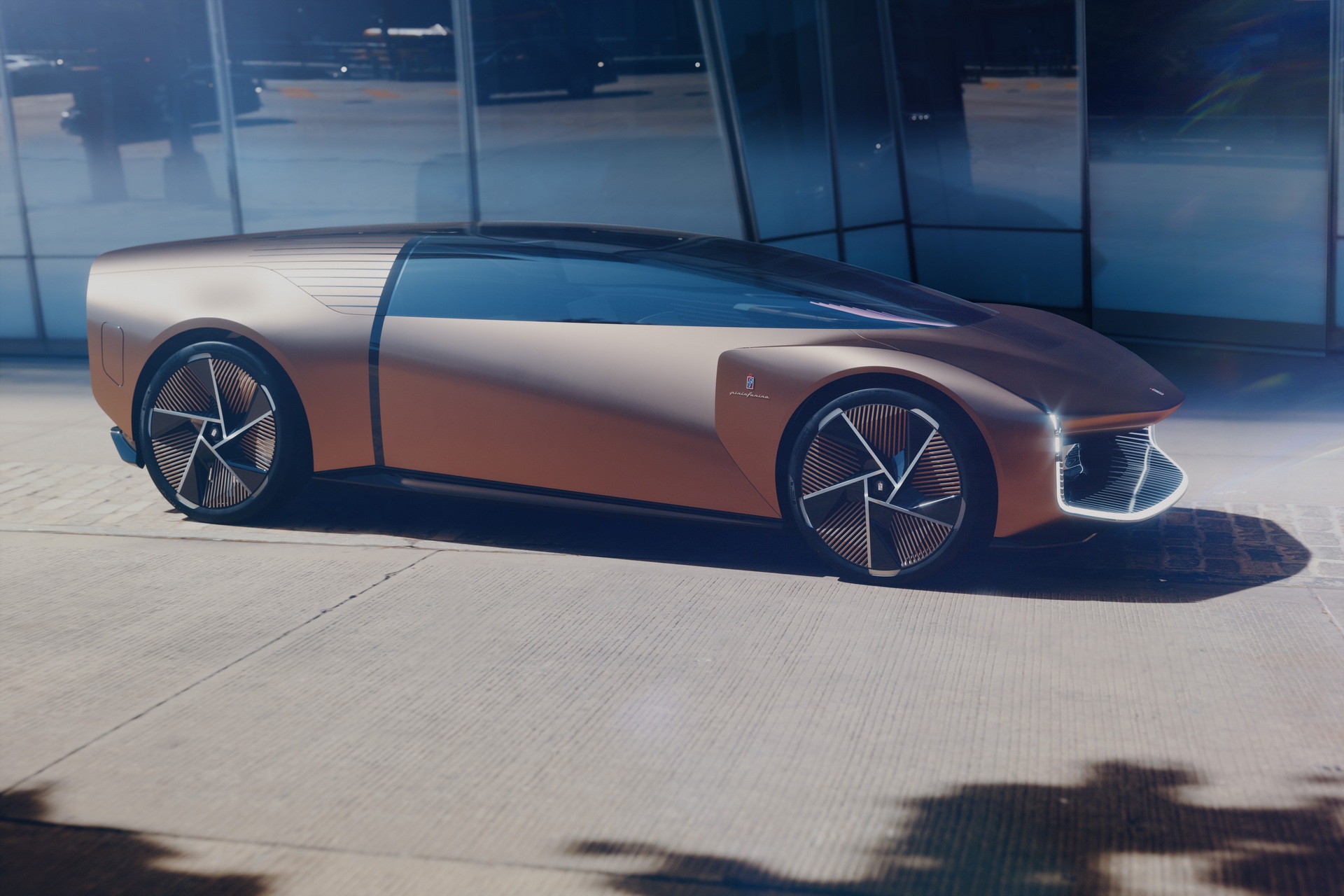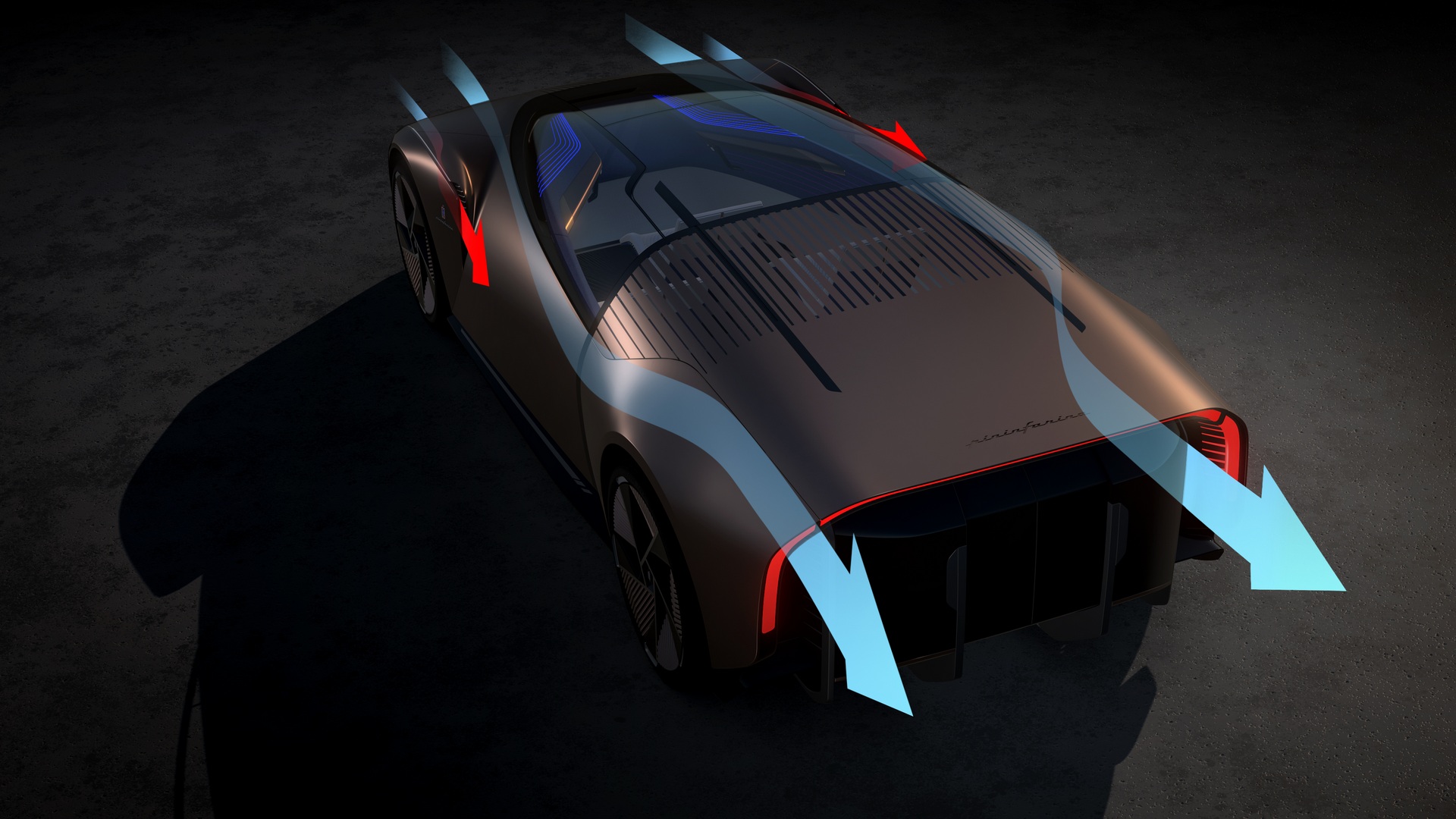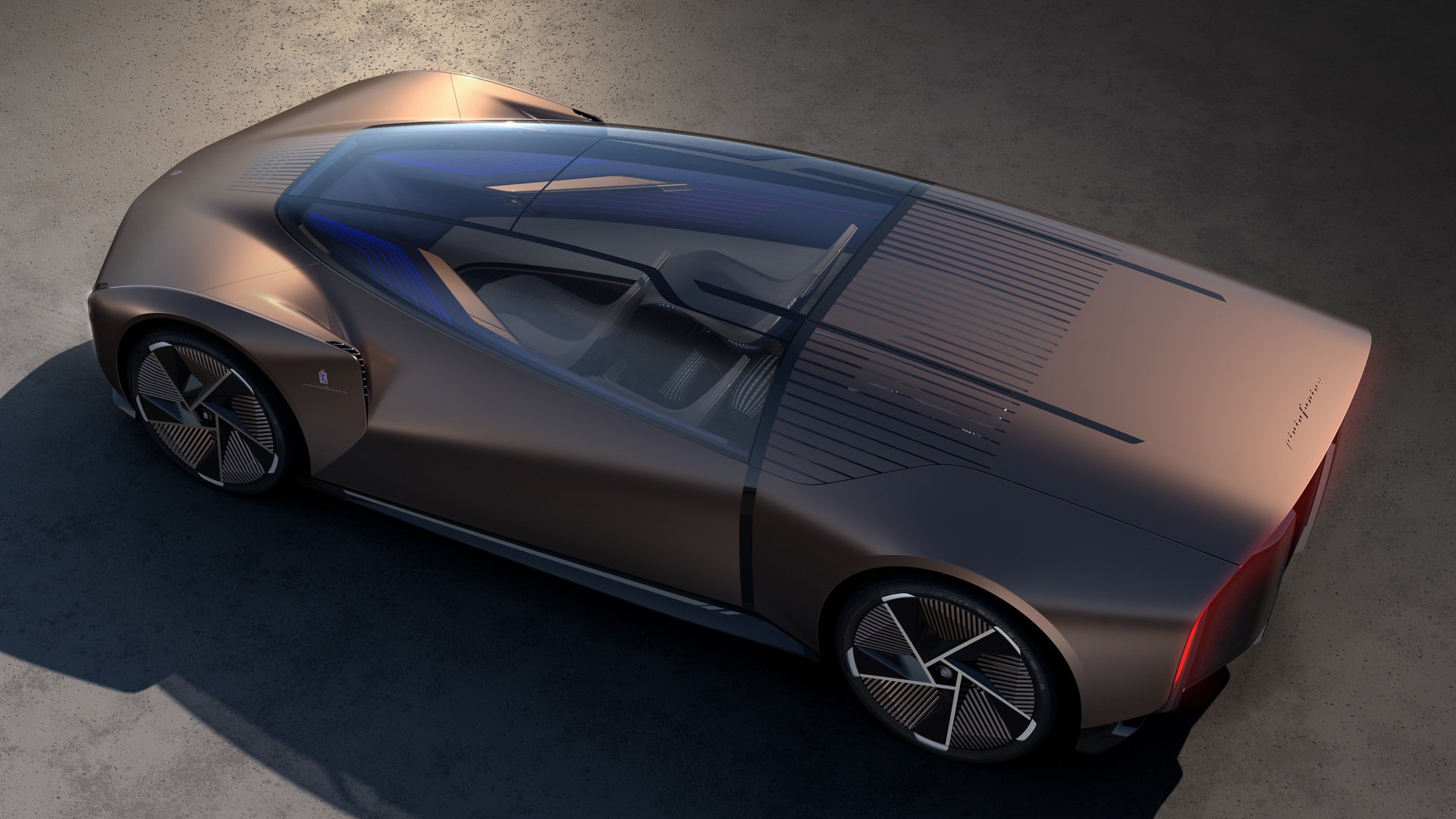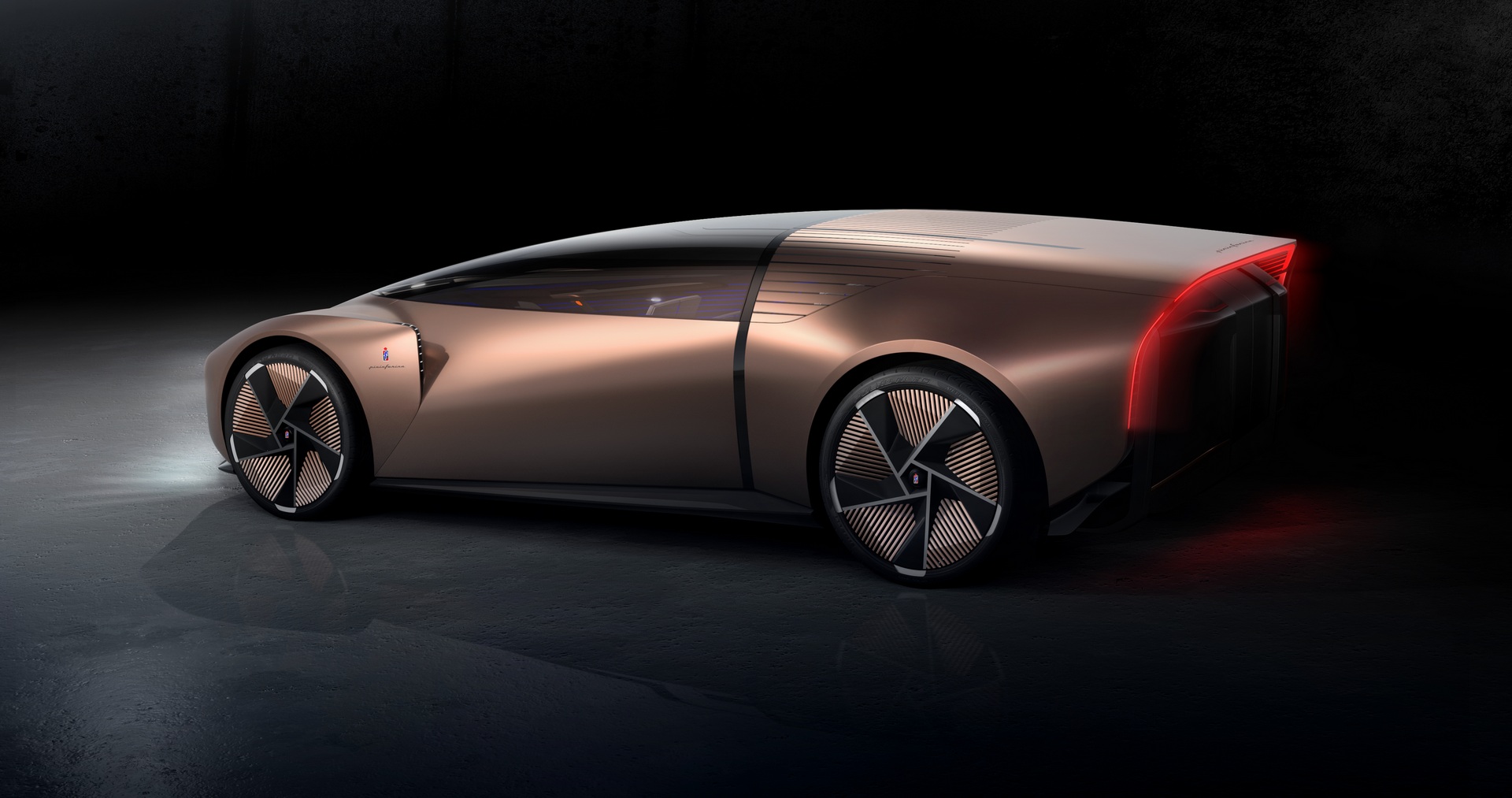Italian design house Pininfarina, presented the Teorema, a fully electric and autonomous concept car with a focus on design and aerodynamics for the shared mobility of the future. This is the first Pininfarina concept entirely developed in the virtual world, allowing for a faster and more efficient design process.
The design of the Teorema is a collaborative effort between the teams in Cambiano (Italy) and Shanghai (China), under the leadership of Kevin Rice, Chief Creative Officer at Pininfarina. “[The] Teorema wants to give people back the pleasure of living the car, driving, and traveling, without the frustrations of increased congestion and other compromises, ” said Rice. For the development of the prototype, Pininfarina used Augmented Reality, Virtual Reality, and Mixed Reality technologies.
See Also: Pininfarina To Design Hercules Alpha Electric Pickup With Up To 1,000 HP
The concept car is based on a skateboard EV chassis developed by Benteler allowing for maximum use of the interior space. It measures 5,400 mm (212.6 inches) long with a height of only 1,400 mm (55,1 inches).
Pininfarina says the Teorema was designed from the inside out so let’s start with the futuristic cabin. It has an unusual layout of 1+2+2 making up for five individual seats arranged in three rows. There are no side doors however access to the cabin is made easier with the rear end opening up and the roof extending upwards and forwards. The floor is triggered by footsteps guiding passengers to their seats which were designed in collaboration with Poltrona Frau aiming at “maximum relaxation” for the passengers.
The study was envisioned as fully autonomous so there is no conventional steering wheel on the dashboard, only pop-up buttons of different shapes, emerging when in use. The driver can choose between three driving modes – Autonomy, Drive, and Rest. In Autonomy mode the driver’s seat is facing the passengers, in Drive mode it is facing forwards and in Rest mode, the passenger seats fold down flat creating two benches or cots (one on each side).
Passengers have access to True Augmented Reality technology developed by WayRay, with interactive virtual images appearing behind the greenhouse’s Intelligent Glass by Continental Engineering.
The exterior design is characterized by the aerodynamic silhouette with air channels and ducts for improved efficiency. The front end has a large opening surrounded by LED lights, with the air escaping behind the wide front fenders. In profile, the absence of panel gaps on the body and greenhouse (no side doors) brings lightness to the overall design.
The narrow front windshield gets wider towards the back where we find a beautiful Kamm tail. Parallel lines appear as extensions of the glass and the rear fenders are slightly toned-up giving emphasis on the futuristic five-spoke wheels. The diffuser is an integral part of the design while a think LED strip comprises the taillights.
It is clear that Pininfarina Teorema is not intended for production as it is a design study exploring different possibilities for the autonomous future. We wouldn’t be surprised though if design details and technologies developed for this concept car were seen in future production models.
Pininfarina is a different entity than Automobili Pininfarina which will soon start production of their first hypercar, the Rimac-powered Pininfarina Battista. Both companies are owned by Mahindra & Mahindra.




